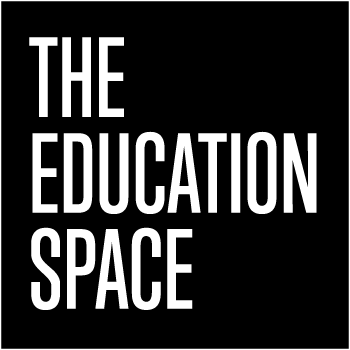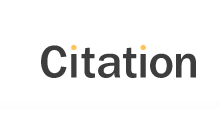 ‘Look for the art in science and the science in art’, said Leonardo da Vinci.
‘Look for the art in science and the science in art’, said Leonardo da Vinci.
For the past 35 years I have had the great good fortune to work with doctors, psychologists and scientists in the areas of neurology, sociology, psychology and the science of ‘self-organising systems’.
Through spending time with people from a variety of creative and research backgrounds, I have come to realise what many enlightened individuals in the past, from every culture, have known throughout time: we are all telling the same story.
There are universal challenges we all encounter during our lives that go beyond race, religion, gender and time. In the most famous soliloquy ever written by Shakespeare over 400 years ago, the character of Hamlet captures the dilemma of our shared human condition. He asks the question that we all, consciously or unconsciously, ask ourselves every day: ‘To be, or not, to be?’
Hamlet, in the context of the play, is considering suicide, but the underlying message is ‘am I living an authentic life?’ Am I being true to myself? The following five ways ‘to be’ will help you check if your are ‘being’ or not ‘being’.
Be open One of the key skills as a leader is to be open and adaptable to where you are, who you are with and how you are acting. Listening to your ‘gut’ is a requirement for all educators and leaders. Current and emerging breakthroughs in science show that our gut and our brain are connected via the Vagus nerve. The chemicals flooding into our system when under threat or stress stimulate a ‘gut reaction’. We ignore this at our peril. This intuitive response is vital if we are to develop personal mastery and leadership.
We manage through logic and rational thought but we lead through intuition and passion. Think about it. Every big decision in your life starts with a gut feeling. Who are you going to love? Where are you going to live? If your immediate response to a stressful or challenging situation is to move into a fight or flight mode then take a breath. The learned discipline of ‘managingyour mind’ through the simple act of breathing and refocusing is a very powerful technique.
Be kind Too often, due to a lack of training and insight, adults and children act upon the emotion generated by a situation rather than seeing that emotion as a signal that some action needs to be taken. Back to breathing. Just stopping and taking a breath and asking ‘what is the unmet need that is creating this response in others and ourselves?’ is a powerful neuropsychological response for managing not only our behaviour but the behaviour of others.
First, though, be kind to yourself. Taking a few minutes out of your day (every day) to check in with your own wellbeing is vital. Instead of ‘getting up and going’ try ‘getting up and stopping’. Before you launch into your day, take a few minutes to breathe and reflect on the day ahead. I like to read a page or two of something inspiring. What do you do?
Be consistent Simple, repeatable systems provide a framework for the day to day challenges and changes to be managed. The brain seeks familiar patterns as a natural evolutionary process to deepen any learning. So, having simple shared systems for teaching are vital if we are to provide a safe and familiar environment for staff and pupils. Constantly coming up with ‘another bloody initiative’ might be exciting and generate a buzz, but unless it is wrapped around a simple, understandable process it can distract and confuse.
Believe Possibly the hardest of the five as it requires us to change our minds and let go of belief systems and established patterns of working or thinkingthat no longer deliver the results and outcomes we seek. Alvin Toffler, back in 1970, said in his visionary work ‘Future Shock’ that ‘the illiterate of the 21st century will not be those who cannot read or write but those who cannot learn, unlearn and relearn.’
'We manage through logic and rational thought but we lead through intuition and passion.’
Be the change I have worked with many schools, community and business leaders who understand the desire and benefits of a more creative approach to leadership, behaviour, learning and outcomes. However, too often the shift in their own thinking and behaviour is attached to a very fragile ego which means they will not, or in the more extreme cases, cannot, move from ‘knowing’ to ‘being’. Their neural pathways are just too embedded. This is where coaching and creative conversations are so important. Having regular coaching if you are a leader in industry is commonplace. Having ongoing coaching and support as a school leader is too often seen as an indulgence. It is not.
In the next lesson from Hamlet I will unpack the line ‘That is the question.’ In fact, it isn’t one question, it’s four.




